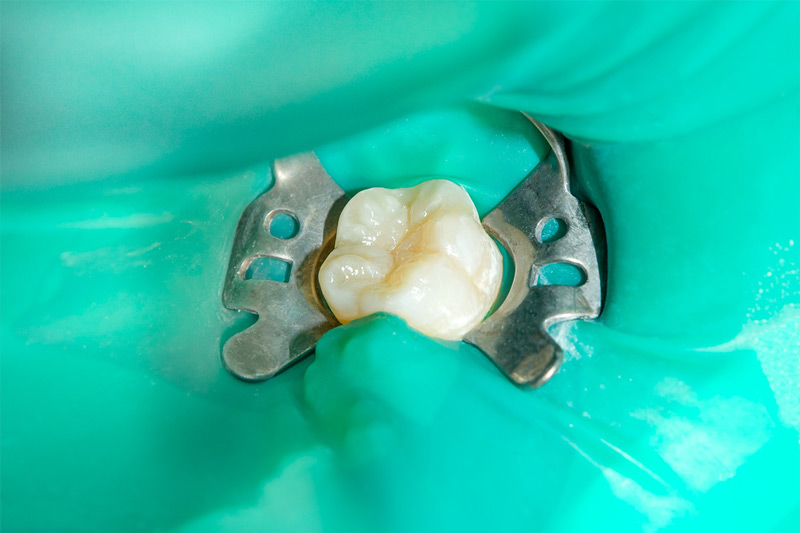Understanding Dental Fillings: Types, Benefits, and Procedure
2023-04-12 07:11:29 UTC

We will explore the different types of dental fillings.
Dental fillings are a common treatment for restoring teeth that have been affected by tooth decay or cavities. In this informative post, we will explore the different types of dental fillings, their benefits, and the procedure for getting a dental filling.
Types of dental fillings:
- Amalgam fillings: These are silver-colored fillings made from a combination of metals, including mercury, silver, tin, and copper. They are durable, long-lasting, and cost-effective, making them a popular choice for filling large cavities in back teeth.
- Composite fillings: Also known as tooth-colored or white fillings, composite fillings are made from a mixture of resin and glass particles. They blend seamlessly with the natural color of your teeth, making them a popular choice for filling visible teeth. They are also versatile and can be used for small to moderate-sized cavities.
- Ceramic fillings: These are porcelain or ceramic-based fillings that are custom-made in a dental lab to match the color and shape of your teeth. They are highly aesthetic and offer excellent durability, making them suitable for both front and back teeth.
Benefits of dental fillings:
- Restoring tooth structure: Dental fillings help restore the structure and function of teeth that have been damaged by decay or cavities. They prevent further decay and strengthen the affected tooth, allowing you to bite and chew comfortably.
- Improved aesthetics: Tooth-colored fillings, such as composite and ceramic fillings, blend seamlessly with your natural teeth, providing a more aesthetic and natural-looking result compared to amalgam fillings.
- Preservation of tooth structure: Dental fillings require minimal removal of healthy tooth structure, helping to preserve more of your natural tooth compared to other restorative treatments like dental crowns or bridges.
Procedure for getting a dental filling:
- Examination and diagnosis: Your dentist will perform a thorough examination of your teeth and may take dental X-rays to assess the extent of the decay or cavity and determine the appropriate type of filling.
- Local anesthesia: Before starting the filling procedure, your dentist will numb the affected tooth and surrounding area with local anesthesia to ensure your comfort during the treatment.
- Removal of decay: Your dentist will remove the decayed portion of the tooth using a dental drill or laser, creating a clean and healthy surface for the filling.
- Filling placement: Once the tooth is prepared, your dentist will carefully place the chosen filling material in layers, shaping and polishing it to ensure a natural bite and smooth finish.
- Bite adjustment: Your dentist will check your bite and make any necessary adjustments to ensure that your teeth come together correctly when you bite down.
- Final polish: The filling will be polished to smooth out any rough edges and give it a natural appearance.
Dental fillings are a common and effective treatment for restoring teeth affected by decay or cavities. They offer various benefits, including improved aesthetics, preservation of tooth structure, and restored function. If you suspect you may have a cavity or tooth decay, it's important to consult your dentist for an examination and personalized treatment plan. Remember, this information is for educational purposes only and should not be used as a substitute for professional dental advice.